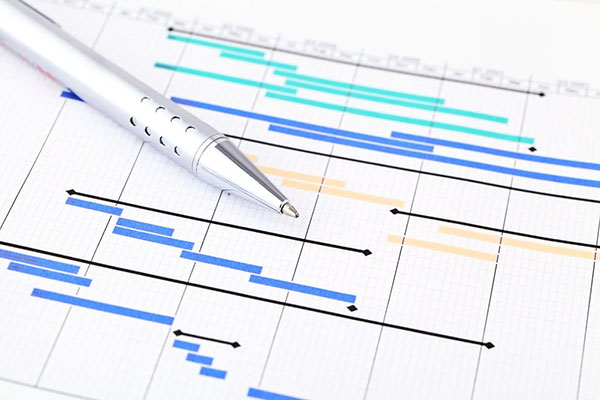Most people choose to live in HOA neighborhoods for the sense of community, the benefit of shared facilities, and assurance that if anything goes truly wrong there is a system to take care of it. The most common disruption of a happy neighborhood community is disputes about maintenance responsibility. In many cases, the question of who is responsible is apparent through common sense but the little details can cause surprisingly big problems. Who pays for pipes in shared walls, or accidents that affect multiple private units? Especially when maintenance, repair, or replacement costs are high, no one wants to suddenly discover that they are the financially responsible party. Fortunately, with a lot of research and a simple tool, HOAs can help themselves and the entire community understand where their financial responsibilities lie ahead of time, preventing disputes and unpleasant surprises. The answer is an HOA Maintenance Chart.
What is an HOA Maintenance Chart?
Everyone loves a handbook. From codes of conduct to regulation outlines, a clearly stated and easy to read guide allows responsible people to prepare and know what to expect. An HOA maintenance chart is well-organized and detailed outline of every possible maintenance, repair, and replacement task within the HOA and a clear indication of who is responsible. Legal documents are tedious to read and you may be surprised to find that they often leave a lot of areas uncovered. An HOA deals with hundreds of very personal and unique situations and while your CC&Rs may cover pool maintenance vs home repair, it may not cover special circumstances like when a private unit shares a wall with a public area. In your HOA maintenance chart, you can define every possible circumstance that applies to your unique facilities and community, then mark whether or not the members or the HOA are responsible, and how far that responsibility goes.
Checking the Governing Documents
Your CC&Rs along with any other governing documents should be your primary guidepost for constructing the chart. This is where all your preexisting rules are written and what will be referenced during disputes. Carefully parse the legalese into understandable and relatively small pieces. The best place to start is with the definitions between separate interest common, and exclusive common areas, and how responsible each member or the HOA is for their maintenance. In some cases, especially with exclusive common areas, members are responsible for maintenance and cleaning while the HOA is responsible for repairs. Once you have your legal maintenance rules clearly framed in a human-readable charted list, you can identify the possible loopholes and uncovered areas that have troubled you in the past or could cause problems in the future.
Leverage Past Experience
Look back on the past several years of maintenance disputes, and the exact details that were disputed. Use this as a guide for the level of detail and specificity you want to use when defining each individual maintenance task and the responsibility for it. Decks are a particularly hot point that have caused many HOAs trouble, as they are officially outside but are built personally by the homeowners. If there are issues that were not covered by the governing documents, it may be time to update your documents with what you learned while making the chart.
Draft the Chart
With all your information gathered and a good idea of what needs to be covered, create a complete draft with everything you think should be included and a clear mark as to whether or not each responsibility is that of the homeowner, the HOA, or a combination of the two. When you're finished, run this by your attorney and have them confirm that it is legally accurate before finalizing the chart. This is also a good time to talk to your attorney about updating the governing documents to take care of any policy oversights you discovered while making your list.
Spread the Word
Your chart becomes a highly effective tool when every single member of your community knows about it, has access to it, and is aware of updates. Feature it in the newsletter, write articles about special circumstances covered, and have it clearly posted on your website. This will allow your members to know exactly what they're expected to cover and even prepare potentially new members with clear information that they can rely on. When your rules ar clearly stated and easy to reference, your maintenance disputes will drop significantly and the entire community can handle repairs in a more cooperative and neighborly fashion.




